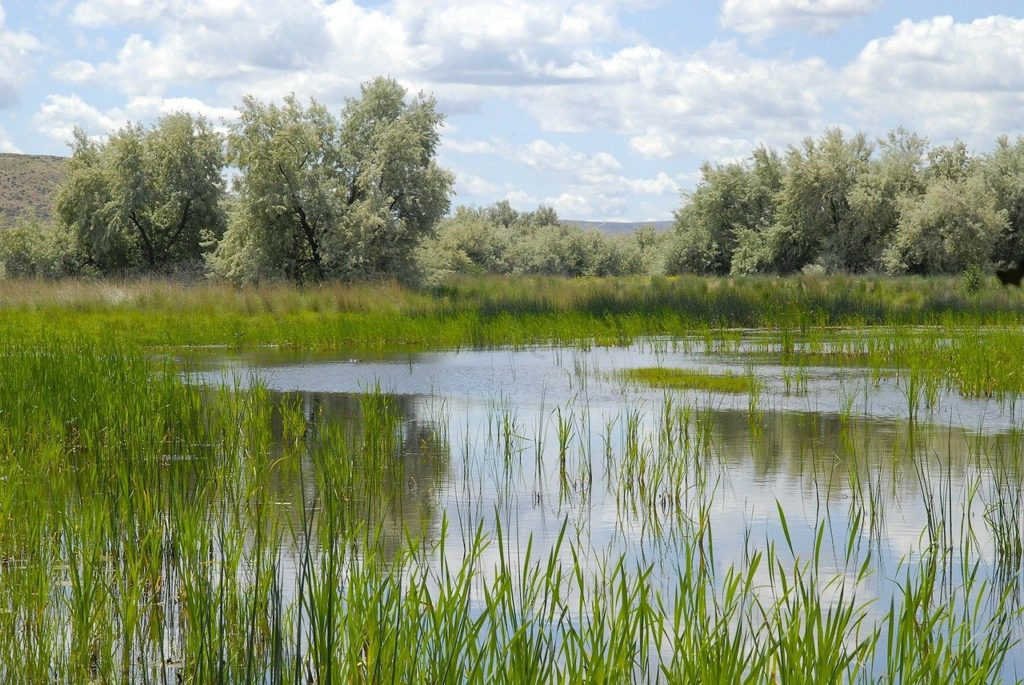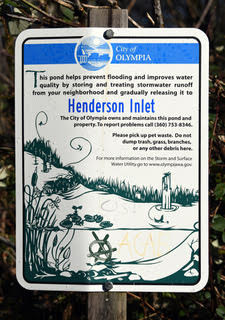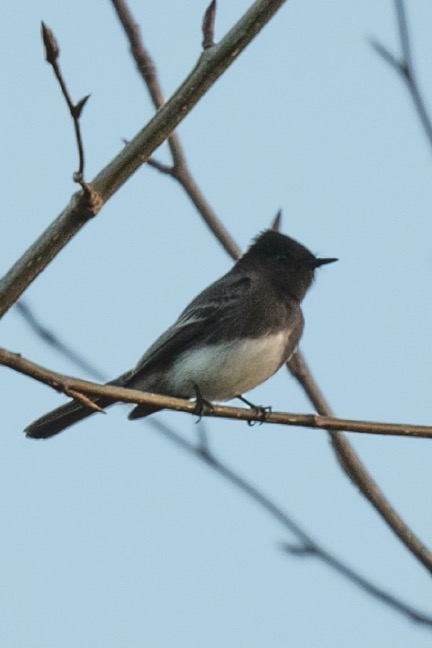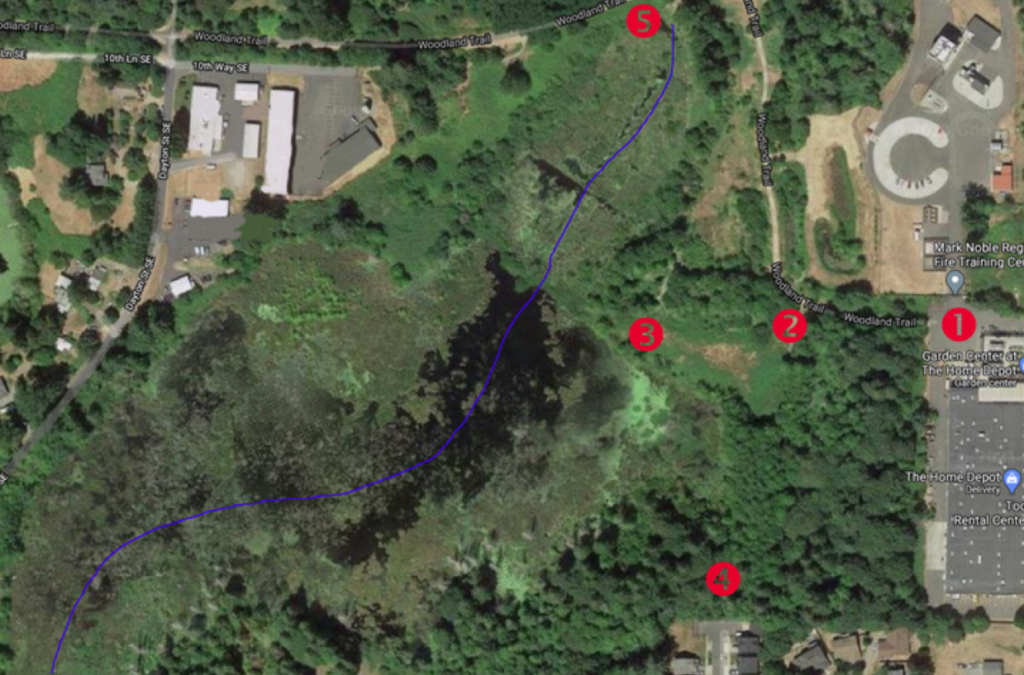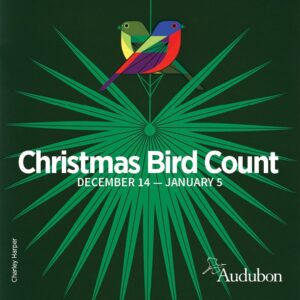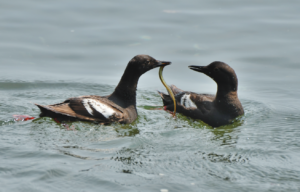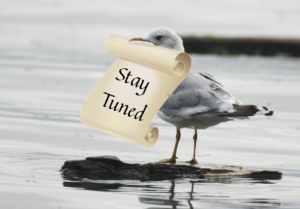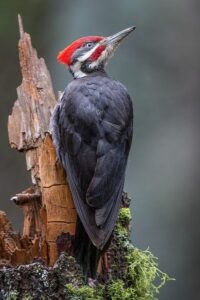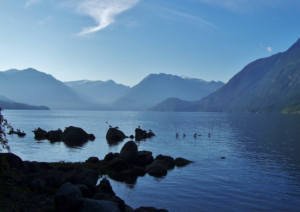Bruce Jacobs – March 2021
Map: Taylor Wetlands eBird: Taylor Wetlands
In 2017 the Thurston County Stream Team asked BHAS to do bird surveys and conduct a couple of field trips at four locations in Olympia; I was assigned to this site. It’s been my birding “patch” ever since, often in the company of Carol and Bill Langford, and Ken Brown. Taylor Wetlands is currently a water control area owned by the City of Olympia. It’s bordered on the east by the Home Depot on Fones Road, on the north by the Karen Fraser Woodland Trail, and on the south and west by houses and workshops. Note that the map labels the unpaved spur that goes from the Karen Fraser Woodland Trail to the gate behind Home Depot as the “Woodland Trail”. The best way to access this area is to park at the Home Depot and enter at that gate by foot. You could also walk or bike in from the Karen Fraser Woodland Trail or come in on the path from the south at the end of Onyx Street SE but there is no parking. As far as I know, there is no public access along the rest of the south and west boarders.
It’s not a big place and can be covered in a little over an hour. I expect to see 20 or so species on a normal walk. However, you never know what might show up. Over 100 species have been reported there in the past four years. It’s a great place just to enjoy birds and the rest of nature since it’s close by and not crowded. You may encounter dog walkers, and sometimes a cyclist or jogger but on my most recent visit I was there for an hour and a half and saw no one, except on the Karen Fraser Woodland Trail itself.
I’ve been told that the land used to be farmed by two unrelated families, both named Taylor, hence the name. The stream running through it is Woodard Creek (I tried to show it on the map) which begins just to the south near 18th Street and empties into Woodard Bay a few miles to the north. When the I-5 freeway was built, the creek was forced underground which apparently created the marsh. The site was also used to dump earth removed from the construction resulting in several large mounds. The city took possession or purchased the property shortly after and it’s now maintained by the Olympia Department of Parks and Recreation. Volunteers, especially the Stream Team, have helped. Last year a major replanting effort was started on the Woodland Trail side. There is a water gate next to the trail which the city uses to regulate the water level. Right now, the water is high but if the gate is opened, it can drain fairly rapidly.
1. When you enter Taylor Wetlands from the east, you are on a service road. There is a small pond (scan for ducks) on the right and woods on the left. It’s been cold this year, and the bugs – which is what so many birds eat – are just starting to come out. Recently I’ve only found Song Sparrows, Spotted Towhees and Chickadees in the vegetation, but look/listen for woodpeckers and wrens. The Black-headed Grosbeaks should be arriving about the first of April and the males almost always perch near the tops of the tallest trees here to sing. The service road continues west to a drain cover, with more of the same sorts of birds there, and to the Woodland Trail spur which goes north. A gravel trail goes south to the houses at Onyx St.
2. As you start down the trail south, there is a large mound on your right, with an unmarked trail going up. This leads to the pond overlook. Thanks to the February snow, the canary grass and blackberries are matted down, so it’s easy to make your way up to the pond viewing area. It will be a bit more of a challenge when the invasives grow back.
3. Although not as many as in the winter, there are still lots of waterfowl on the pond; Mallards, Gadwalls, Northern Shovelers and Ring-necked Ducks will be present for sure, with a good chance for Buffleheads, Hooded Mergansers, American Wigeon, Canada Geese and Green-winged Teal. I’ve not seen any Wood Ducks yet this year, but usually two or three pair nest here. Pied-billed Grebes, Great Blue Herons and Green Herons are also regulars. I haven’t seen the Green Herons yet this year either but they nest here as well and this is a great place to look for them. Lots of Red-winged Blackbirds, Song Sparrows, Marsh Wrens and others are here.
Keep going south on the gravel trail and there is more water on your left. Again, Marsh Wrens, Song Sparrows, robins and chickadees will almost always be heard here, if not seen. There was a Varied Thrush on my most recent visit. Keep a watch for the occasional Owl, especially if jays and crows are scolding.
4. At Onyx Street, at the south end of the trail, there are some very nice mature cedars and maples, as well as Douglass firs and willows. Nuthatches will often be heard here but seldom seen. Lots of Song Sparrows, chickadees, Spotted Towhees and jays as well, which are almost certainly being fed at the nearby houses. There may still be some Pine Siskins although they seem to be on their way out. In their place expect kinglets and warblers very soon. In previous years the Northern Flickers have been quite active here but this year I’ve only heard a few and not the courting calls and drumming. Perhaps it’s just a bit early.
If you go north instead of south from the junction, check for sparrows, warblers, finches and the almost certain Anna’s Hummingbird on one of the tall willows. The warblers had not yet arrived at mid-March but there should be Yellow Warblers, Common Yellowthroats, and Orange-crowned Warblers soon. Later in the year look for flycatchers and Bushtits. You can also go through the gate on the right toward the Fire Training Center and check out the pond and bushes there.
At the north end is the Karen Fraser Woodland Trail. A former rail line, it’s now paved and a great place to bike or walk with a good chance for kinglets. Walk left just a bit along the trail and you will see the 3 ½ mile marker and the water gate.
5. I haven’t seen him yet this year, but check the tips of the willows along the left of the trail for the Rufous Hummingbird. The Belted Kingfisher is often here and the Red-tailed Hawks like to perch on the snags and tall trees to the west and south. With a scope you can scan for waterfowl. The swallows have just begun to return but there should be more shortly. Most are Tree Swallows or Violet-greens but Barn Swallows and Purple Martins show up occasionally, so look carefully.
This outing is not appropriate for mobility-challenged birders. The gates, mud, and uneven trails make it difficult. However, the Karen Fraser Woodland Trail is paved with almost no elevation change and can be used by wheelchairs. Park in the parking lot behind Ross Dress for Less (3515 Pacific SE) by entering from Fones Rd. You will be right next to the trail. Proceed west on the trail and you will soon come to part of the area that is covered in this scouting report.
BEFORE YOU GO:
Before heading off for a birding adventure, here are some things to consider –
1. It’s always best to have a partner with you – both to maximize the joy and to minimize the risks. BHAS cannot ensure that these locations are totally safe.
2. Don’t forget to bring your mask and hand sanitizer. Have your mask handy and put it on when passing another person not in your party.
3. Leave valuables at home.
4. Check the weather and the bird reports before heading out. An easy way to check what birds have been seen is through Birder’s Dashboard http://birdingwashington.info/dashboard/. It is a simple way to research a species, place, or checklist.


